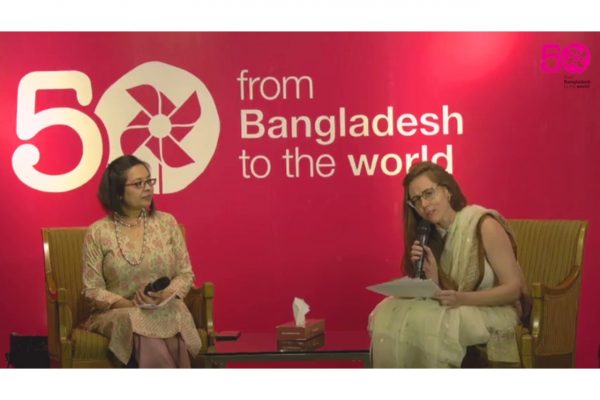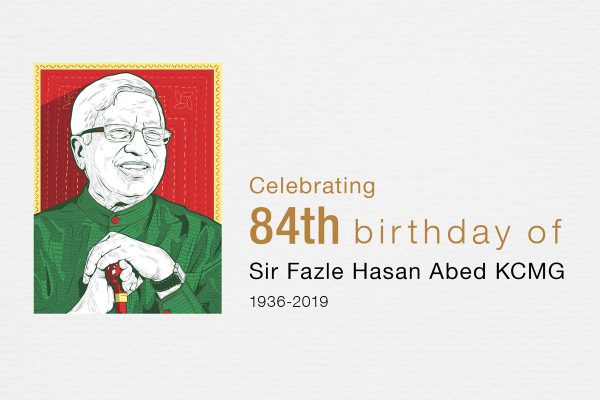Forty years on: From famine to beating ultra poverty
Reading Time: 3 minutes
It was the summer of 1975. I was working in Oxford with a student group campaigning on world poverty and in support of liberation movements in Africa and Asia. Oxfam House was just down the road. They were recruiting an assistant to work in Saigon.
It was the summer of 1975. I was working in Oxford with a student group campaigning on world poverty and in support of liberation movements in Africa and Asia. Oxfam House was just down the road. They were recruiting an assistant to work in Saigon. I had been an exchange student in New York in 1969 and joined my classmates in demonstrations against the war in Indochina, so I was very interested.
The overseas director went straight to the point: “Ethiopia or Bangladesh?” he asked. Saigon was off, for the time being, since the war had ended that week. There were two big famines in the world at that time: in Ethiopia and in Bangladesh. I had been involved in raising funds for the 1970 cyclone victims and refugees in 1971, and I had met and liked Bangladeshis living in Bradford in England. I knew nothing about Ethiopia, and so it was an easy decision.

After spending three months learning Bangla, I set off on a motor-cycle from Dhaka for Rowmari, Kurigram. This was at the centre of the famine of 1974-5. Upon reaching the docks at Bahadurabad, I found a boatman who would take me upstream to Rowmari. It took several days of rowing and towing. We slept on the boat at night. However, when I came back a few weeks later with the wind and the current behind us, it only took half a day.
There was a BRAC team in Rowmari, with support from Oxfam, which had been operating a child feeding programme. My job was to measure children’s height and arm circumference, compare them with earlier measurements and evaluate how bad the malnutrition still was. We found that there was still severe malnutrition among children from the poorest families; they were not only there in remote villages, but begging on ferries all over North Bengal – many of the bridges had been blown up in the war, so there were many ferries. Hundreds of hungry families had managed to get on trains to Dhaka to try to find food, and were living in small shelters on the old railway line and elsewhere.
Nobel laureate, Amartya Sen studied the event and refers to the economist, Mohiuuddin Alamgir’s estimate that one and half million people died from causes related to the famine. He also added, “There is little doubt that the mortality figure would have been a great deal higher but for the massive relief operation, inadequate as it was”. So it is good to know that our small efforts made some difference. I had to leave Bangladesh in 1976 and spent some time in the Tropical Hospital in London. I came back to join BRAC during 1977-80.

Now, forty years later, population has doubled – which was expected – but food production in Bangladesh has more than doubled and, although there was another much smaller regional famine in 1979, and monga, or seasonal hunger, still exists in parts of North Bengal, the events of 1974-5 have not been repeated. There is still a long way to go, but Bangladesh has reached many of the millennium development goals and might possibly eliminate ultra poverty in the not-too-distant future.
BRAC has grown enormously and made many important contributions to this process; for example, its highly effective ultra poverty programme has been replicated and studied around the world. After 30 years in rural development in South and South-east Asia, I was proud to come back to BRAC in 2009. If you had told me in 1975 that I would still be here, I would have found it hard to believe; but if you had predicted all the positive changes which have taken place since then, I would have found believing that even harder.
Andrew Jenkins works in the BRAC Donor Liaison Office and in the impact assessment unit, Research and Evaluation Division, BRAC.





